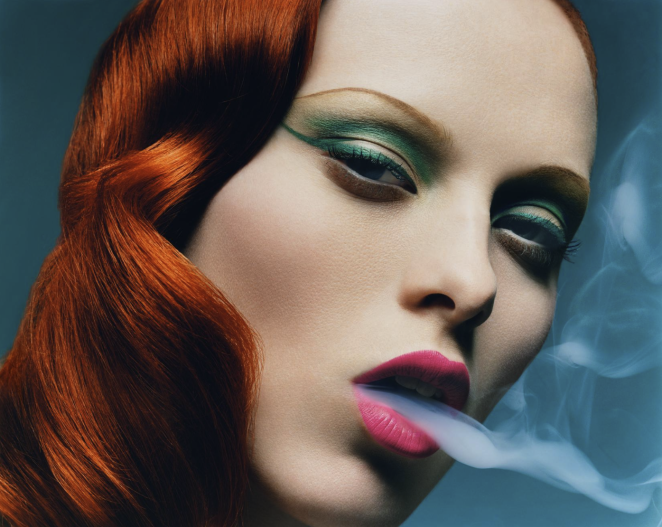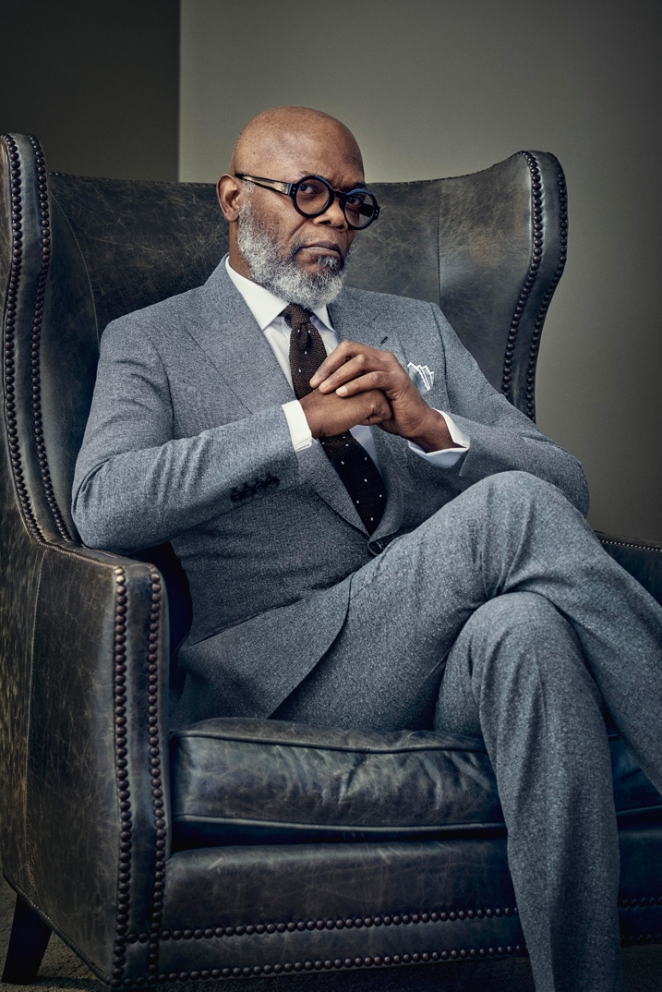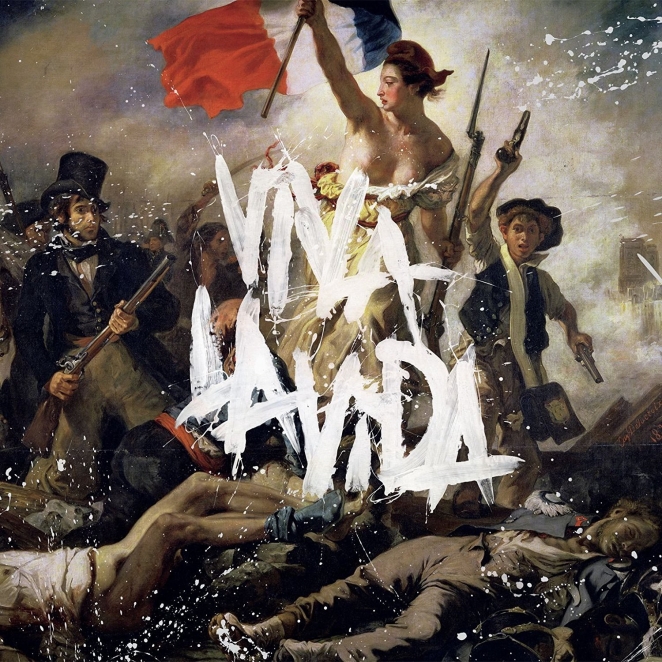For this week's Company Spoitlight, we're speaking to Phil Crisp, Managing Director and Creative Lead at post production studio Digital Light.
How was your company born and where are you based?
We started in 2005 by partnering with strong emerging photographers, including Sølve Sundsbø & Vincent Peters. Their success lead to our growth and naturally set the template for how we want to run our business - support emerging talent, through thick and thin, and strap in for the ride.
Nearly two decades later, this approach has led to strong partnerships with brands, agencies and world renowned visual artists. Our multi disciplined post team work hybrid from our London office in King’s Cross.
What was the biggest challenge to the growth of your company?
Staying focused on what we know we do well, identifying areas for real growth rather than getting swept away by, sometimes temporary, trends.

Remembering who we are, what’s our contribution to the industry and how we can impact its future through quality and original, creative thinking. It’s quality over quantity, and that’s a hard gig when you’re trying to run a profitable business.
Which was the first huge success that you can remember?
Music artwork gives me a real kick, it feels like you’re really part of history knowing how music transcends time like no other medium.
Working on Coldplay albums was quite a pinch me moment, but I’m fond of being involved with up & coming bands of my own taste, supporting Everything Everything with their first two albums was truly satisfying. Books also live on through generations, leading the McQueen Savage Beauty book was a sweet moment. Seeing your name in print… hard to beat that feeling.
I also hold our growing relationship with Burberry as one of my biggest successes. They’ve been a client pretty much since our inception and we’re still partners today. There’s real gratification in finding a team that are on the same wavelength and to gently grow that relationship over such a long time.
What’s the biggest opportunity for you and your company in the next year?
Machine learning in video is a fascinating development and one that is evolving rapidly We’re already using this effectively, reducing time and resources for seemingly simple and mundane tasks, and allowing our team to focus on the more creative aspects of projects.

This is opening up access to clients mindful of budgets and, I believe, will generate a creative revolution in short format video marketing.
Can you explain your team’s creative process? What makes it unique?
Get the right team. Partner with the right clients. Autonomy fuelled by guidance.
From the outset we found that being a small team gives us great agility. We’re not keen on layers which slow down creative thinking. Direct communication, artist to artist, can be a powerful thing.
We assign the right people and skills to the project, rather than merely who’s available. We try to make sure we’re part of the pre-production process, joining the journey from the very beginning. As the management team, we give our team autonomy and confidence to make decisions, supporting them when that’s needed.
Lastly, open communication is a big one for us. As much as we can, we don’t accept feedback without sharing our honest opinion on what will look good. This bit might be tricky during the project execution phase but it invariably works out for the best.
How does your team remain inspired and motivated?
The great thing about working in the creative industry is that the work itself can be the inspiration. Meeting industry leaders, learning from others in the field, witnessing how brands respond to the ever changing consumer demands and being part of that decision making progress - it’s very rewarding.
We, as the leadership team, remain open to feedback and want to hear from the whole team. When Covid happened, we realised painfully quickly where our blind spots are when it comes to team’s development. Our ways of working, internal processes, how we communicate had to change over night - we’re not alone in that, I’m sure.

I’ll be honest - it’s still work in progress. With every new team member, every personal development chat, we learn what our team needs in order to keep doing what they’re doing best.
How has COVID-19 affected your company?
Our main objective at the outbreak was to keep the team together, no matter what. And I’m proud to say we succeeded. We were forced to adjust, innovate and trust that the new process we put in place will help us first survive, and now grow.
From flexible working to changes on how we utilise cloud technology available. Making sure all team members have the right home studio set up when it comes to devices and tech access, so that the quality of work is not negatively affected. It was challenging to implement then but we can see the benefits now.
One of our key principles when working on projects is agility, to not become shackled by structure and process. It’s been a pleasure to be able to apply this to our work/life balance too. Having the ability to choose how our week looks and shape it into whichever form suits us and our clients is a great logistical challenge we’ve risen to.
Which agencies do you gain inspiration from? Do you have any heroes in the industry?
CRXSS - I’ve long admired how John and Joanna have brought together and nurtured a great pool of photographers and directors. They’re endlessly positive and show great respect for post production, a real pleasure to work with.

Burberry - We just click.
Builders Club - I love their creative approach, technical strength and collaborating with their team is always a joy.
Marshall Street Editors - A good group of talented editors who we work closely with, always striving to streamline and refine pipeline when going from offline to online.
What is one tip that you would give to other agencies looking to grow?
Some are quick to assume that every post production house is the same when it comes to techniques, knowledge and creativity. That is not the case and my tip would be to know your strengths and focus on your style - that’s what makes you unique.
Get the right people, communicate & support the team. Focus on the work, not necessarily growth - the latter will come naturally.
How do you go about finding new clients/business? (Pitching, work with retainers, etc.)
We started as a small business and word of mouth has always been our main source of new clients. I wouldn’t want to change it. Now that we’re able to attend industry events and meet new people again, networking is becoming a stronger driver but I don’t see us ever moving to a transactional type of a sales team. Our clients value our personal touch and intimate knowledge of what they need, that’s who we are!

Now that we’re bigger, we receive more and more invites to RFIs and RFPs, and that’s great - it means the word keeps spreading. And the team loves a challenge of a new brief.
What’s your one big hope for the future of the industry?
I hope for a healthy relationship with AI. It’s such a powerful tool and it’s evolving so rapidly I hope legislation can keep up to protect those unfairly affected by it, particularly artists who are directly plagiarised. But I’m excited by its ability to open up a wealth of options and the potential to be quite revolutionary, enabling us to achieve creative visions previously limited to only those with the biggest budgets.
Do you have any websites, books or resources that you would recommend?
I get drawn in by abstract artists. I’ve been a long time admirer of Samantha Keely Smith. I love the movement, harmony, emotion and depth of this kind of work. It’s an inspiration to me and whenever I need a reminder of why I work in the creative field, this is my go to.
For the technical nerd in me, I want to understand why some colour combinations are successful and others are not. My rational side cannot accept that some colours ‘just work’.
Designers Color Manual: The Complete Guide to Color Theory and Application (Tom Fraser & Adam Banks) connected so many dots for me when I was starting out in retouch and was a genuine game changer in terms of confidence in my creative decisions.
Like many people, I adore flicking through a dusty box of old photographs. The tones, the depth, the quality and the joy of seeing something as small as a matchbox be so engaging. This is what drives me to continue to experiment and encourage others to find their own inspirations.
From a team leading perspective, I love my history, particularly naval history (nerd). Shackleton’s my leadership hero. He was at least 100 years ahead of his time in terms of how he managed a team under extraordinarily stressful conditions. It’s good to remind myself that, no matter how hard things get, at least I’m not stuck in the Antarctic.

I recommend this book to anyone wanting to improve their leadership skills -
Shackleton's Way: Leadership Lessons from the Great Antarctic Explorer (Margot Morrell & Stephanie Capparell).




